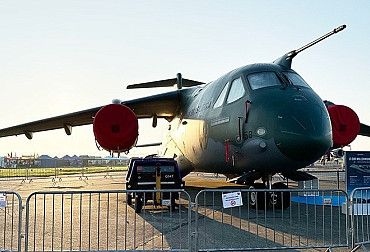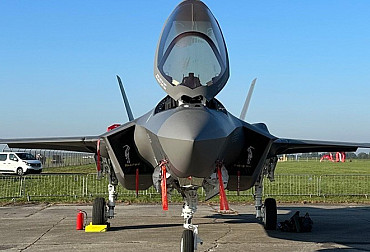Experience with CV90 vehicles from the Ukrainian battlefield: perfection in practice
The CV90 infantry fighting vehicle (IFV) has proven itself in practical combat conditions in Ukraine, where its performance has received positive feedback from both soldiers and military experts. CV90 tracked IFV is equipped with advanced armour that provides a high level of protection against missiles, mines and improvised explosive devices (IEDs). The Ukrainian battlefield, known for its unpredictability and intense combat conditions, has shown that the CV90 can effectively protect its crew even in the most difficult situations. In addition, the vehicle is capable of traversing different types of terrain, which is crucial in Ukraine. Thanks to its power and flexibility, it can react quickly to changes in the battlefield, enabling effective tactical manoeuvre and rapid redeployment to critical areas.
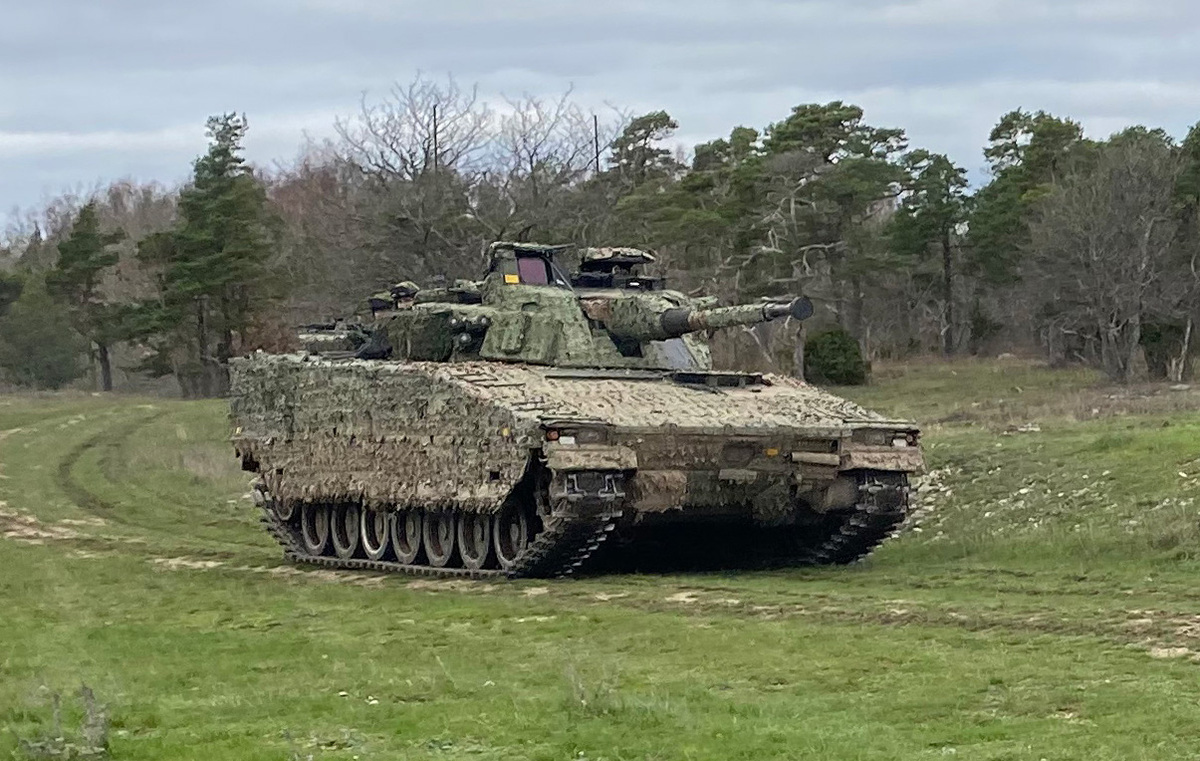 Picture: Tracked infantry fighting vehicle CV9040 | Michal Pivoňka / CZ DEFENCE
Picture: Tracked infantry fighting vehicle CV9040 | Michal Pivoňka / CZ DEFENCECombat effectiveness
Equipped with an advanced weapon system, the CV90 is capable of effectively engaging enemy targets at long range. Its main weapon system includes an automatic cannon that can destroy armoured targets, and it also has secondary weapon systems that provide the crew with a wide range of combat options.
Advanced battle management systems and sensor technologies integrated into the CV90 provide the crew with exceptional situational awareness on the battlefield. These technologies include night vision systems, thermal imaging and advanced communications that enable vehicle crews to effectively coordinate their actions and respond to threats in real time.
Despite the fact that several CV90s have been damaged in combat, no Ukrainian crew members in CV90s have been killed, a testament to their high level of protection.
When it comes to drone protection, CV90 uses advanced electronic systems. EW (Electromagnetic Warfare) has proven to be the most effective way to defend against drones, which involves jamming the radio frequencies that drones use. As a result, the connection between the drone and its operator is disrupted, rendering the drone uncontrollable. In addition, CV90 uses Barracuda's camouflage nets to help reduce the vehicle's thermal and visual footprint, making it more difficult for drones to detect them. It was the proper use of these nets that was key to their effective deployment on the Ukrainian battlefield.
Reliability and maintenance
The Ukrainian experience shows that the CV90 is a highly reliable vehicle that requires minimal maintenance even in harsh combat conditions. Its robust design and quality components ensure that the vehicle can operate for long periods without significant technical problems.
One example of the CV90's successful deployment in Ukraine is its participation in offensive operations where the vehicles were deployed to break through enemy lines. Due to their firepower and durability, the tracked CVVs were able to effectively support infantry and provide safe passage through enemy territory. In one instance, a CV90 was used to defend a key intersection where it proved its ability to withstand intense artillery shelling while effectively neutralizing enemy tanks and armoured personnel carriers.
Experience from the Ukrainian battlefield thus confirms that the CV90 MkIV is not only technically advanced, but also a practically proven IFV that provides the necessary capabilities for modern conflicts and ensures a high level of protection and combat effectiveness for its crews. It is an effective robust armoured vehicle that is capable of providing not only strong fire support, but also effective protection against modern threats such as drones.
The CV90 is in high demand across Europe
The CV90 is in great demand not only in the Czech Republic, but also throughout Europe. Significant orders and upgrades confirm its position as one of the most effective infantry fighting vehicles today.
BAE Systems recently signed a major contract with the Swedish Defence Materiel Administration (FMV) for the delivery of new CV9035 MkIIIC vehicles and associated logistics support. This contract will provide the Swedish Army with modern vehicles to replace the older CV9040 models that were donated to Ukraine. The new CV9035 MkIIICs will be equipped with an innovative turret that will provide crews with improved situational awareness, increased mobility, protection and lethality. With this move, Sweden will not only renew its combat capabilities, but also significantly strengthen its defences.
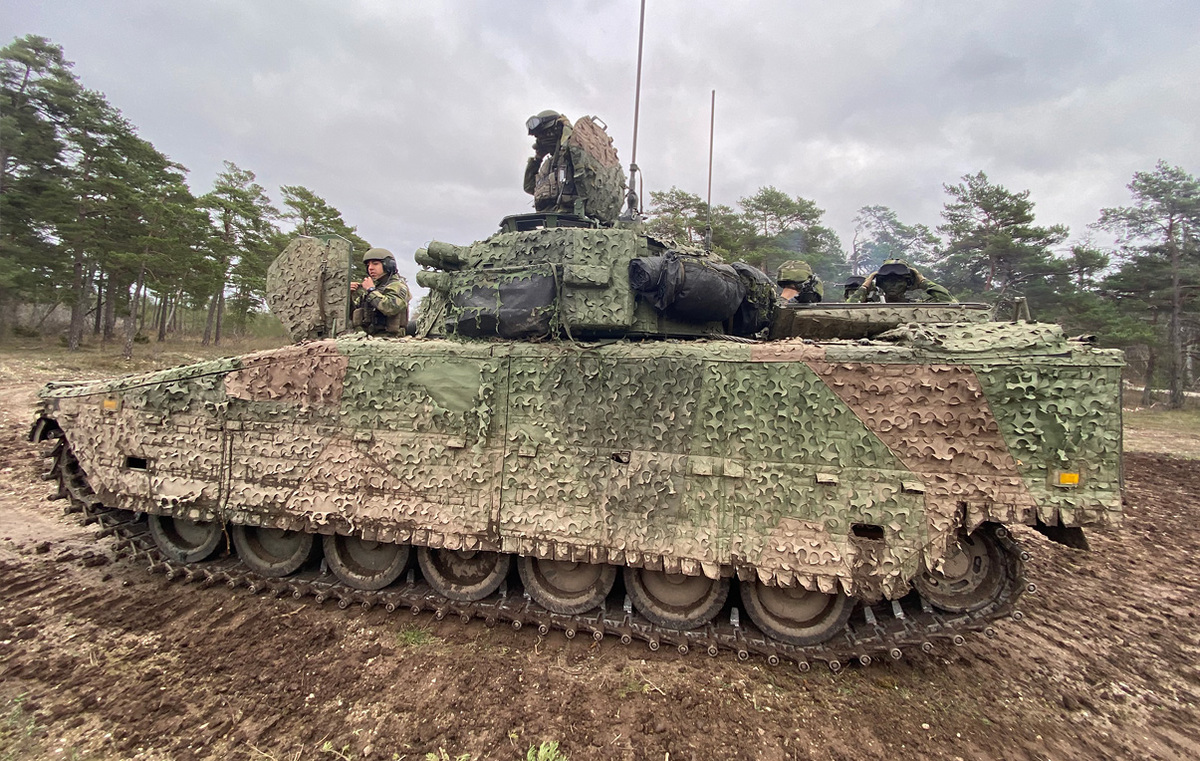
Another example of the CV90's success is the contract between BAE Systems and the Danish Ministry of Defence to upgrade their existing fleet of CV90 vehicles. This upgrade includes the integration of a new D-series turret, which brings significant improvements in ergonomics and combat effectiveness. The new vehicles will also be equipped with anti-tank guided missiles (ATGM) and a defence sensor system (DAS), which will significantly increase their lethality and crew protection. These upgrades will enable the Danish army to keep up with the latest technologies and ensure a high level of combat capability.
The successful Czech CV90 MkIV programme is moving forward rapidly
Czech CV90 MkIV infantry fighting vehicle delivery programme is progressing successfully. Additional industrial partners are gradually joining the project, some of which have already started production. Czech soldiers have already had the opportunity to see a prototype of the turret that will be used on the Czech CV90 MkIV, and the steel plates from which the first CV90 MkIV chassis will soon be cut have already been prepared at Hägglunds' headquarters.
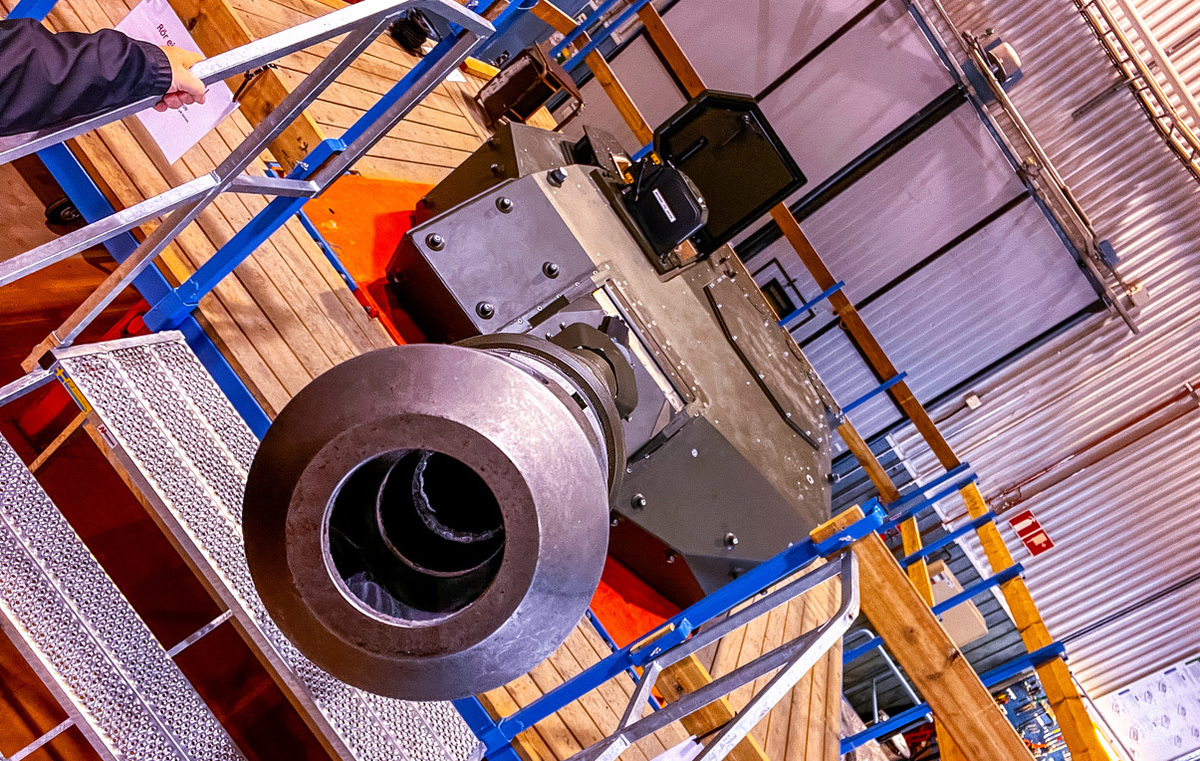
Czech specialists and future users of the CV90 infantry fighting vehicle were able to see a mock-up of the vehicle as it will be taken over by the Czech Armed Forces in 2026 during their second visit to BAE Systems Hägglunds headquarters in Örnsköldsvik. BAE Systems is producing a new version of the CV90 MkIV, and simultaneously, a Czech version according to the Czech Army's specifications. The mock-ups were prepared in command and combat versions, supplemented with 3D models for better clarity. The aim of the visit was to make sure that the proposed design of the vehicle meets the requirements, which was confirmed by Colonel Ján Kerdík, Director of the Land Forces Development Department. Intensive remote communication preceded the testing, where the details of the C4I communication system deployment were addressed. The user-friendliness was tested directly in Sweden by IFV instructors from the 72nd Mechanised Battalion. Battalion Commander Lieutenant Colonel Michal Voltr emphasized the importance of the instructors' hands-on view of the placement of material and controls.















